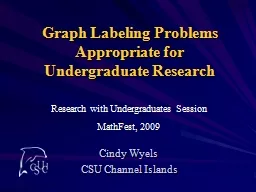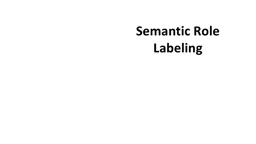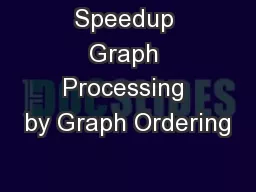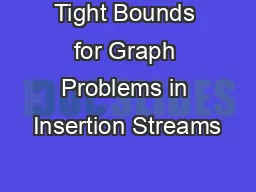PPT-Graph Labeling Problems Appropriate for
Author : conchita-marotz | Published Date : 2018-11-12
Undergraduate Research Cindy Wyels CSU Channel Islands Research with Undergraduates Session MathFest 2009 Overview Distance labeling schemes Radio labeling Research
Presentation Embed Code
Download Presentation
Download Presentation The PPT/PDF document "Graph Labeling Problems Appropriate for" is the property of its rightful owner. Permission is granted to download and print the materials on this website for personal, non-commercial use only, and to display it on your personal computer provided you do not modify the materials and that you retain all copyright notices contained in the materials. By downloading content from our website, you accept the terms of this agreement.
Graph Labeling Problems Appropriate for: Transcript
Download Rules Of Document
"Graph Labeling Problems Appropriate for"The content belongs to its owner. You may download and print it for personal use, without modification, and keep all copyright notices. By downloading, you agree to these terms.
Related Documents














